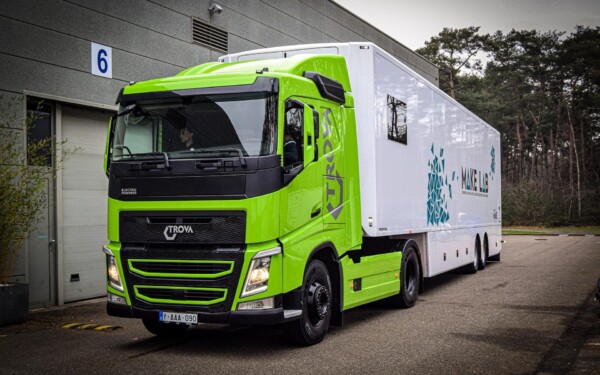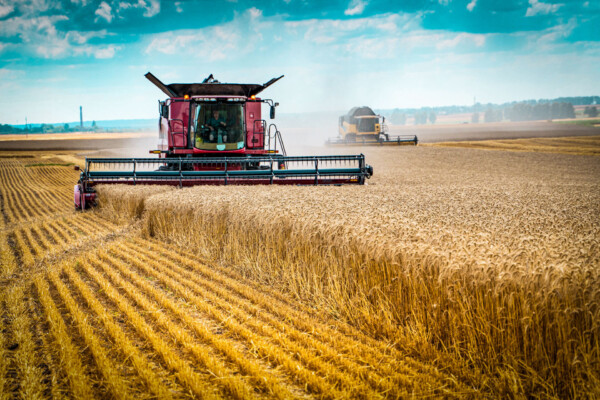Insights
Read more about our pioneering research and its practical application here.
Overview
8 results

- (Article)
From Diesel to Electric: Belgium’s First Certified Retrofit Truck Hits the Road
3 min read






- 1
- …
Read more about our pioneering research and its practical application here.







